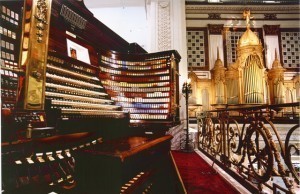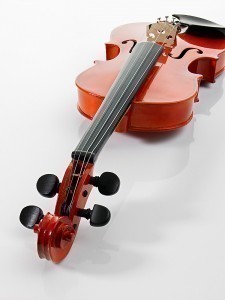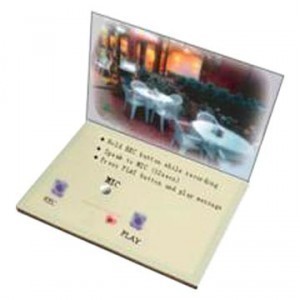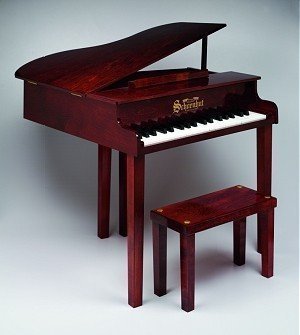Koto Dimensions
Considered as the national musical instrument in Japan, a standard 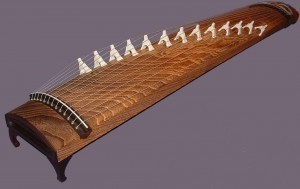 koto is comprised of 13 movable bridges with 13 strings. Made from the finest kiri wood, it is played by using three different fingers, namely the middle finger, the index finger and the thumb. To improve its appearance, it can be adorned with various types of materials like metal figures, tortoise shell as well as inlays of ebony and ivory. In addition to these basic facts, it is also interesting to know something about the koto dimensions.
koto is comprised of 13 movable bridges with 13 strings. Made from the finest kiri wood, it is played by using three different fingers, namely the middle finger, the index finger and the thumb. To improve its appearance, it can be adorned with various types of materials like metal figures, tortoise shell as well as inlays of ebony and ivory. In addition to these basic facts, it is also interesting to know something about the koto dimensions.
The Dimensions of a Koto
A standard Japanese koto is usually 10 inches wide and 72 inches long. Aside from this, there is also the Chinese koto or yo-kin, which is a small music instrument comprised also of 13 strings. Its height is about 5 inches while its length is 3 feet and 7 inches. An ancient form of this instrument is the sage-koto, which is comprised only of 9 strings, the length of which is 2 feet. Invented during the Engi era, the sumi-koto has a width of 4.5 inches and a length of 3 feet and 7 inches.
Additional Facts and Other Interesting Details
Invented by the Chinese, the koto was brought to Japan during the 7th century. It was a very popular Chinese musical instrument, comprised only of five strings. Later on, a couple more strings were added. It came into Japan during the early parts of the Nara Period, which took place from 710-784. During that time, the instrument already featured 12 strings, which later on became 13 strings. Throughout Asia, it comes in different forms, namely the dan tranh of Vietnam, the komungo of Korea as well as the qin of China.
A Japanese composer named Yatsuhashi Kengyo had the most influence in the koto’s development as a musical instrument. He was a highly skilled blind musician who lived from 1614 to 1685. He introduced an interesting new style of playing this instrument, which he referred to as kumi uta. Because of his numerous contributions, he was dubbed as the ‘Father of Modern Koto.’
When the Meiji Period started in 1868, western music finally arrived in Japan. A blind music composer named Miyagi Michio became the very first individual who combined the interesting elements of traditional koto music with western music. His works that involved the use of koto went more than 300. These contributions eventually led to the increase of this stringed instrument’s popularity. Moreover, he was also credited for the advancement of traditional forms, the creation of novel playing techniques as well as the invention of the 17-string bass koto.
Today, this instrument is used widely in various kinds of music including pop music, experimental music and jazz.
